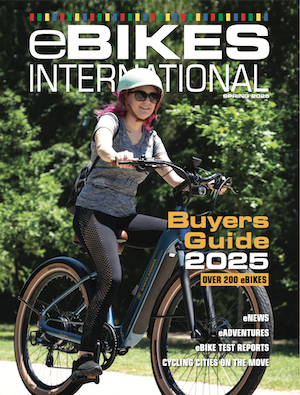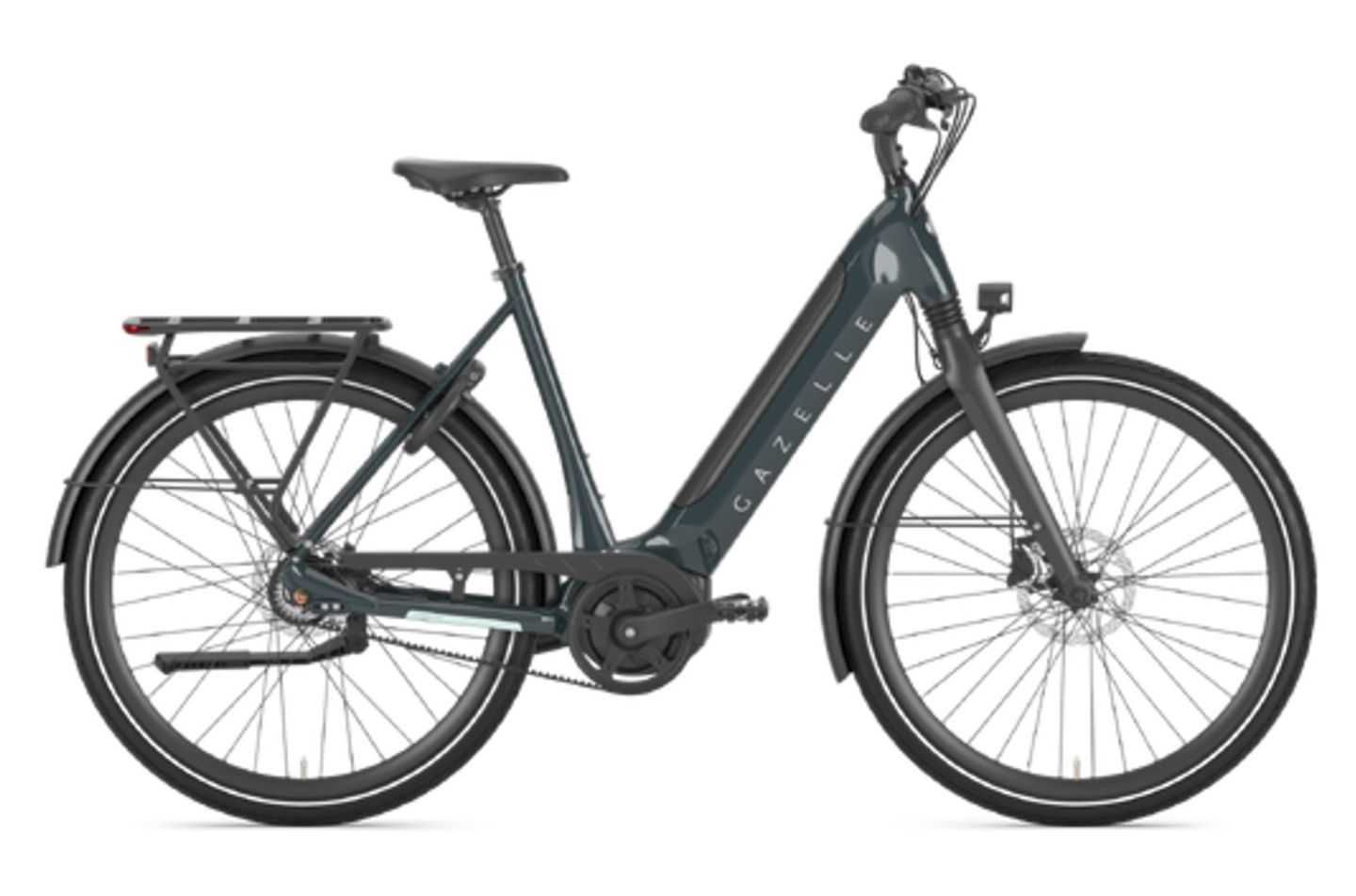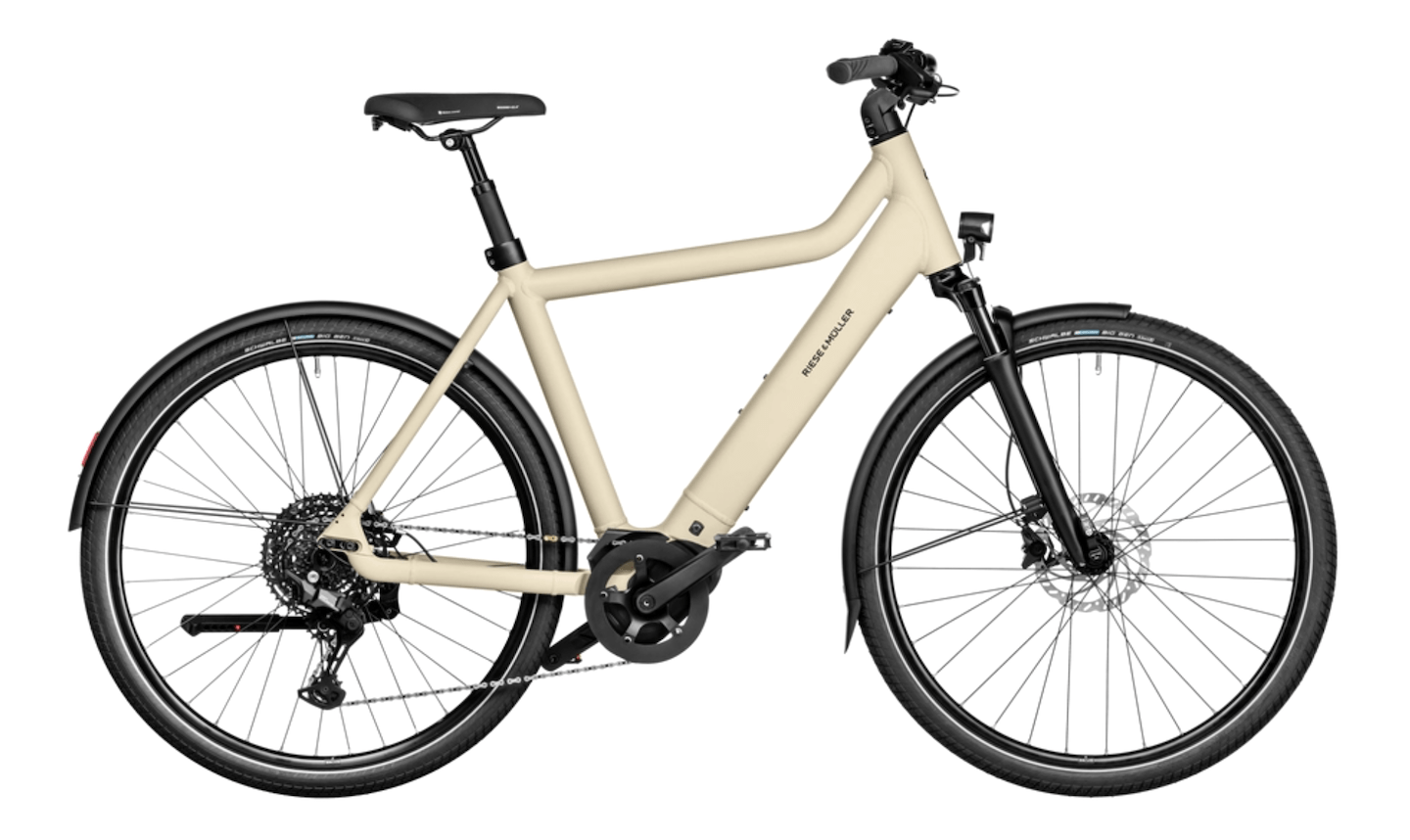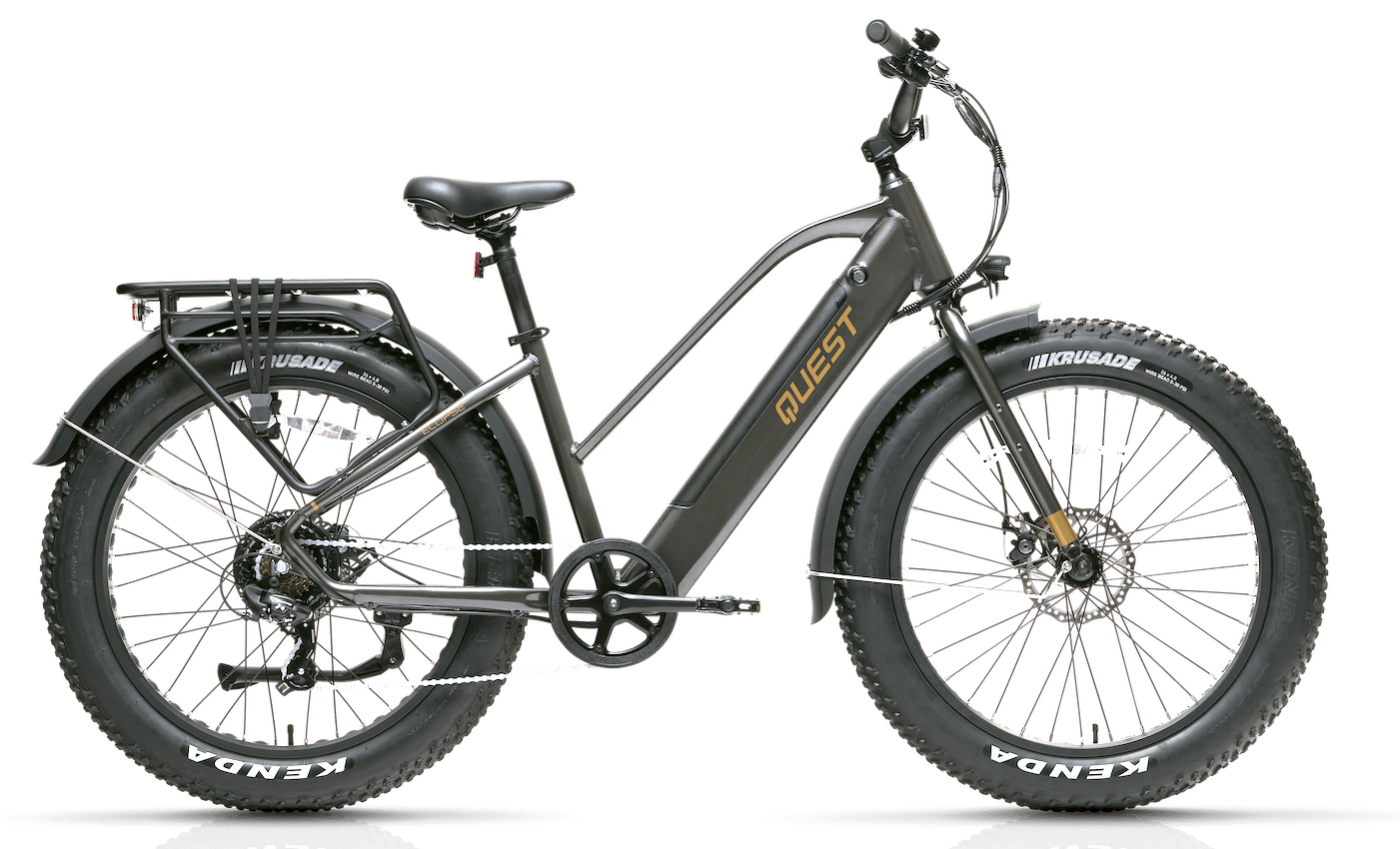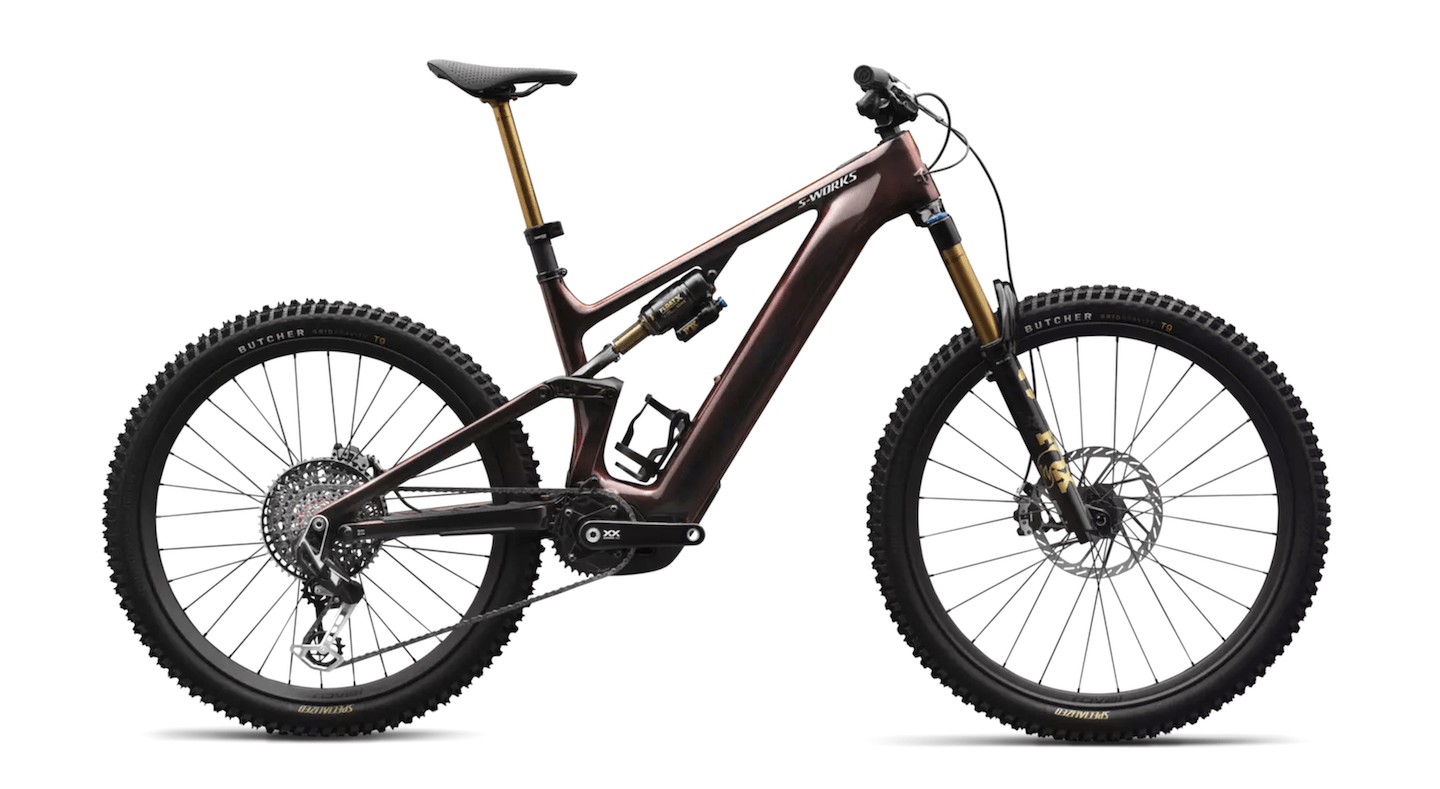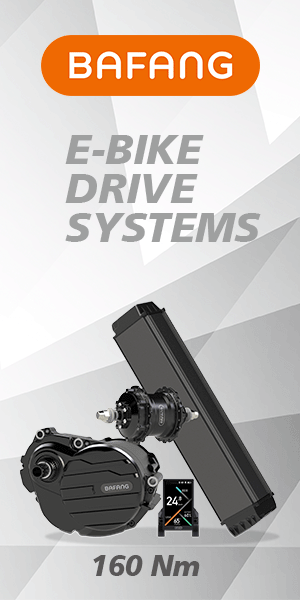October 23, 2020 - Population 2.148 Million – Mayor Anne Hidalgo was elected in 2014 with a vision to transform Paris into a global cycling capital. Over the past six years, this transformation has been well underway and documented, with a robust world-wide following of the French capital city on social media.
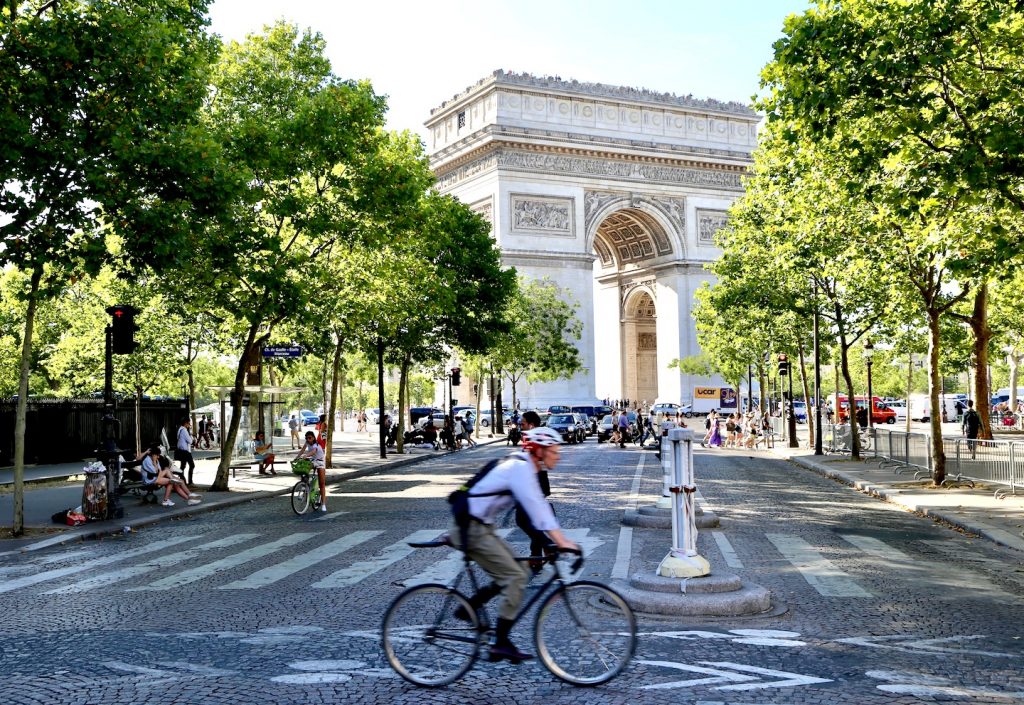
For Paris to become a global cycling capital means investing €150 million in cycling initiatives such as 10,000 new bike parking spaces, incentives for new drivers to use bike share, and the construction of almost 1,000km of new bike lanes.
A centrepiece of the city’s expanding cycling infrastructure has been a network of bike lanes known as the Reseau Express Velo (REV). The REV focusses on creating north-south and east-west connections and connects users to key city landmarks, including the Louvre Museum, the Seine and public parks.
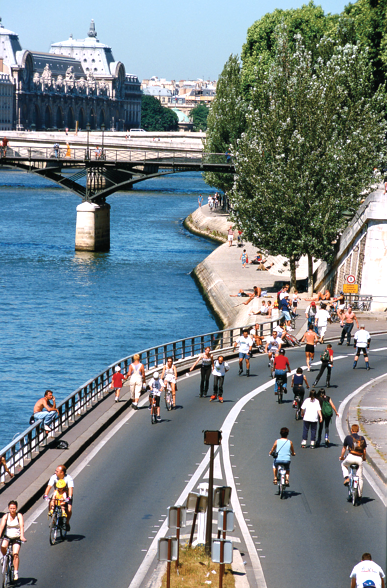
To help leverage the potential of e-bikes, Paris has allocated €10 million for e-bike incentives. Residents are eligible for a 33% rebate on the purchase of an e-bike, up to a maximum of €400. There is also a €600 subsidy available to assist with the purchase of cargo bikes, which can be electric or non-electric.
When the COVID-19 pandemic struck, further investments were made to help people get around by bike.
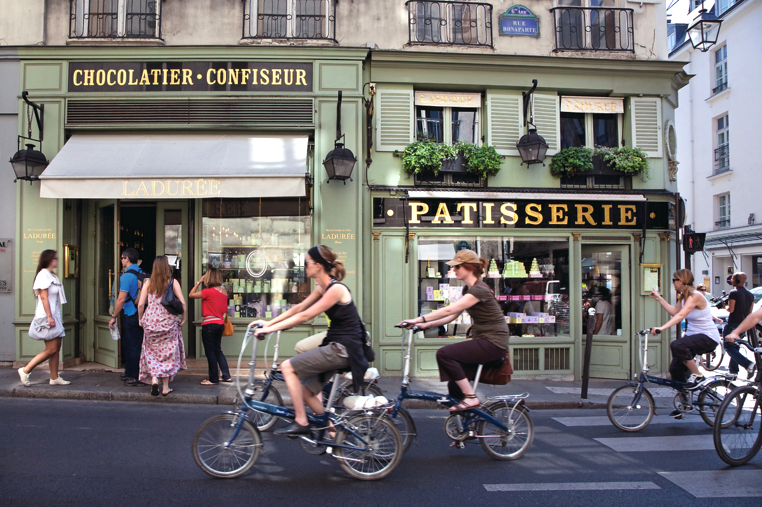
An additional 50km of bike lanes were installed when the city’s lockdown was lifted in May, and bike share operators reported an additional 15,000 new subscriptions and a peak of almost 120,000 trips per day. Across France, the government is encouraging people to cycle during the pandemic by subsidizing the first €50 of bike repair costs.
In her successful campaign for re-election earlier this year, Mayor Hidalgo promised to make every street in Paris cycle-friendly. With a 54% increase in cycling reported late last year, it looks like Paris is on track to become a global cycling capital.
For more information, please visit here.
Review more Cycling Cities here.
Review our eBikes International Fall 2020 Flip Book here.



